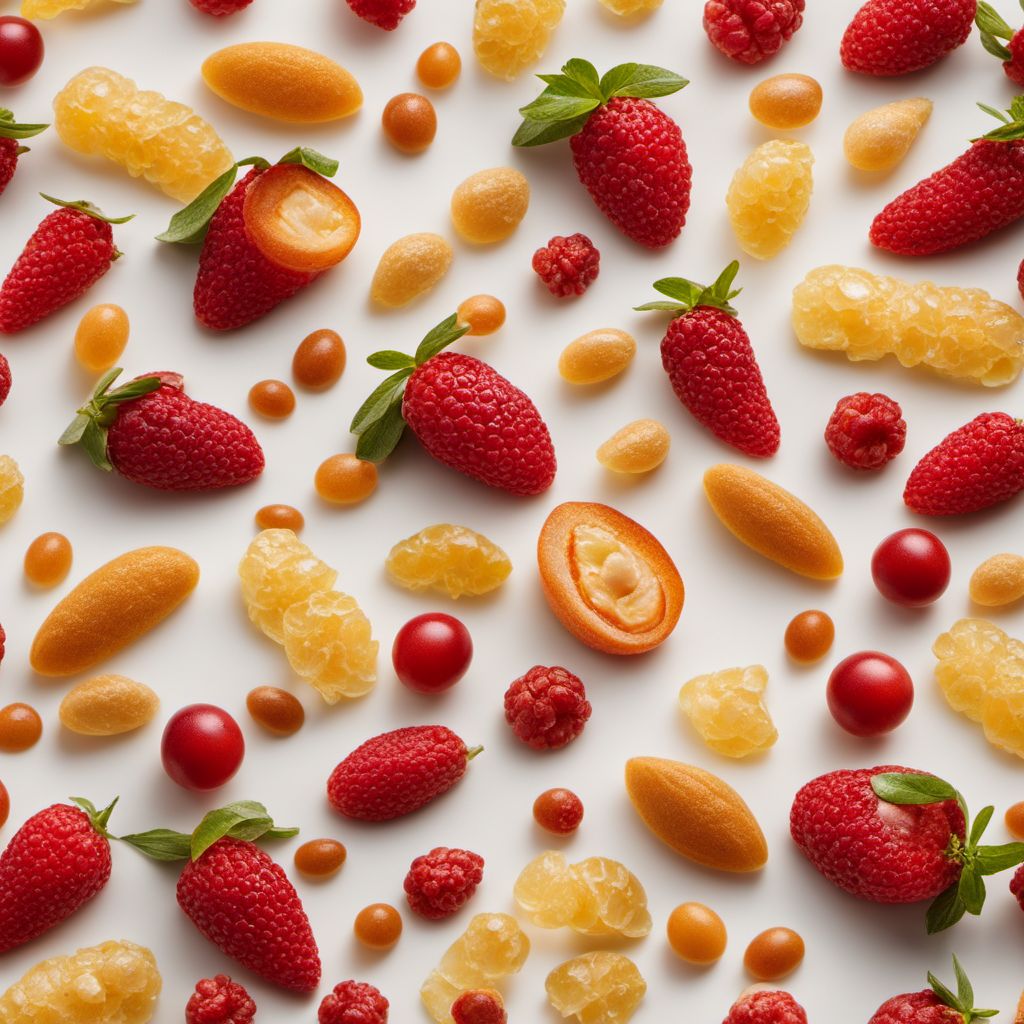
Ingredient
Various pastry
Delicious Baked Treats
Various pastries are a delightful assortment of baked goods that are made from a dough composed of flour, butter, sugar, and eggs. They can take on a multitude of shapes, sizes, and flavors, ranging from flaky croissants and buttery danishes to sweet tarts and savory pies. Pastries are beloved in many cultures and are enjoyed as indulgent treats or special occasion desserts.
Origins and history
The origins of pastries can be traced back to ancient civilizations such as the Egyptians, Greeks, and Romans, who were skilled in the art of baking. Over time, pastries evolved and spread across different regions, each developing its own unique variations and techniques. Today, pastries are an integral part of many culinary traditions and are enjoyed worldwide.
Nutritional information
The nutritional information of various pastries can vary greatly depending on the specific ingredients and preparation methods used. Generally, pastries are considered indulgent treats and are higher in calories, fat, and sugar. They are best enjoyed in moderation as part of a balanced diet. It is important to note that some pastries may contain allergens such as gluten, eggs, or nuts, so individuals with dietary restrictions should exercise caution and read labels carefully.
Allergens
Various pastries may contain allergens such as gluten, eggs, dairy, and nuts. It is important to read labels carefully and be aware of any potential allergens when consuming pastries, especially for individuals with food allergies or sensitivities.
How to select
When selecting pastries, look for those that are freshly baked and have a golden brown color. The pastries should be light and flaky, with a crisp exterior and a tender interior. Avoid pastries that appear overly greasy or have a heavy, doughy texture. Additionally, consider the reputation and quality of the bakery or pastry shop when making your selection.
Storage recommendations
To maintain the freshness and quality of pastries, store them in an airtight container or wrap them tightly in plastic wrap. Keep them at room temperature for short-term storage, but if you need to store them for a longer period, it is best to freeze them. Frozen pastries can be thawed at room temperature or reheated in the oven for a few minutes to restore their crispness.
How to produce
Producing various pastries at home can be a rewarding and enjoyable experience. There are countless recipes available online and in cookbooks that provide step-by-step instructions for making different types of pastries. However, it is important to note that pastry-making can be a delicate and time-consuming process that requires precision and practice.
Preparation tips
When preparing pastries, it is important to follow the recipe instructions carefully, as the specific techniques and measurements can vary depending on the type of pastry. Some general tips include using cold ingredients, such as chilled butter and water, to achieve a flaky texture. Additionally, avoid overworking the dough to prevent toughness. Experiment with different fillings and toppings to create your own unique pastries.
Culinary uses
Various pastries are incredibly versatile and can be used in a wide range of culinary creations. They can be enjoyed as standalone treats or incorporated into more complex desserts. Pastries are commonly used in dishes like pies, tarts, quiches, and turnovers. They can also be filled with sweet or savory fillings, such as fruit, chocolate, cheese, or vegetables. The possibilities are endless when it comes to using pastries in the kitchen.
Availability
Various pastries are available in bakeries, pastry shops, and cafes around the world. They are commonly found in the dessert section or bakery aisle of grocery stores and supermarkets. The availability of specific types of pastries may vary depending on the region and local culinary traditions.
More ingredients from this category
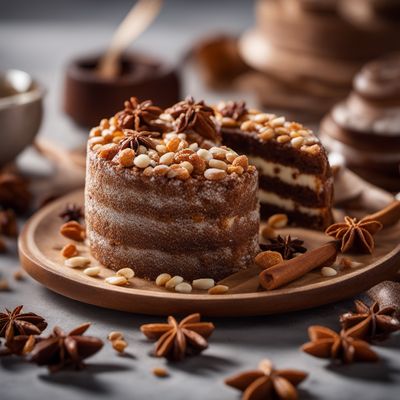
Spice cakes
Aromatic Delights: Spice Cakes

Puddings based on cereal products and/or nuts/fruits and similar
Decadent Delights

Waffles
"Golden Delights: Exploring the World of Crispy Waffles"

Meringue
The Airy Elegance: Unveiling the Magic of Meringue

Dumpling, sweet
The Delightful Sweet Dumpling

Scones and similar
Scones: The Quintessential Tea-Time Treat

Macaroons
Delicate Almond Delights

Pancakes
Fluffy Delights: Pancakes
Recipes using Various pastry » Browse all

Tirtlan - Romanian Savory Pastry
Savory Delight: Tirtlan - A Romanian Culinary Gem
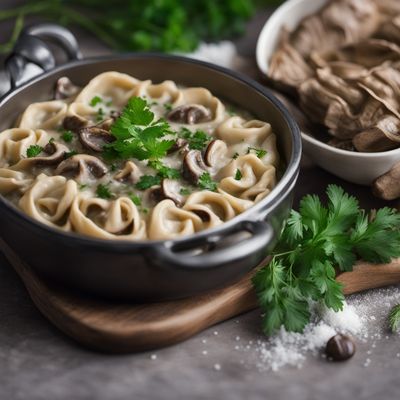
Armenian Mushroom Manti
Savory Armenian Mushroom Dumplings: A Delightful Twist on Manti

Roasted Lamb with Homemade Pasta
Savor the Flavors of Croatia: Roasted Lamb with Traditional Homemade Pasta

Tempura Donburi
Crispy Delights: Tempura Donburi - A Japanese Culinary Masterpiece

Saralawa - Chadian Spiced Meatballs with Peanut Sauce
Savory Delight: Chadian Spiced Meatballs in Creamy Peanut Sauce
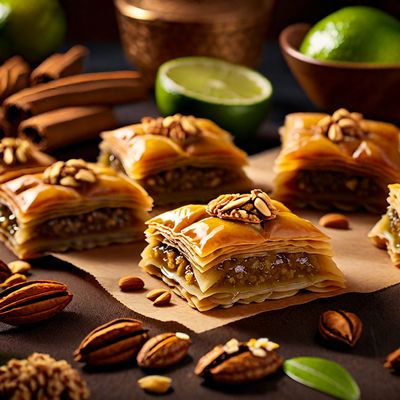
Cuban-Inspired Baklava
Havana Honey Delight
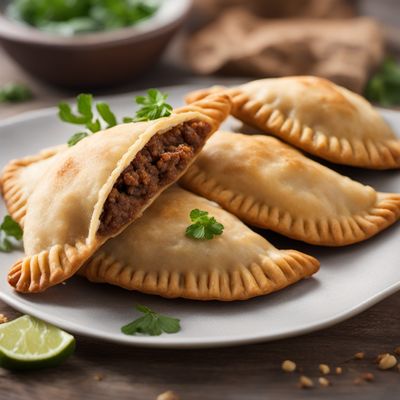
Argentinian Lamb Empanadas
Savory Delights: Argentinian Lamb Empanadas

Beef Wellington
Latvian-inspired Beef Wellington: A Savory Delight with a Baltic Twist

Rákóczi Túrós Delight
Creamy Hungarian Cheese Pastry
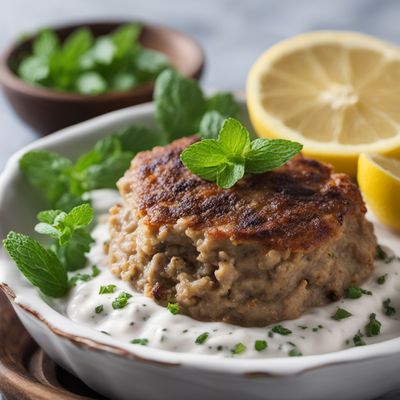
Ulkoy with Spiced Lamb and Yogurt Sauce
Turkish Delight: A Flavorful Twist on Ulkoy
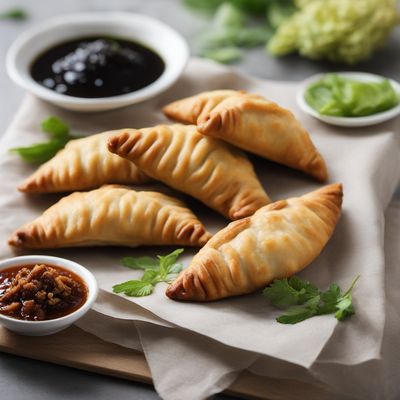
Lao-style Stuffed Pastry (Sai Oua Puff)
Savory Lao Delight: Sai Oua Puff

Grilled Lamb Skewers with Peanut Sauce
Savory Southeast Asian Lamb Satay